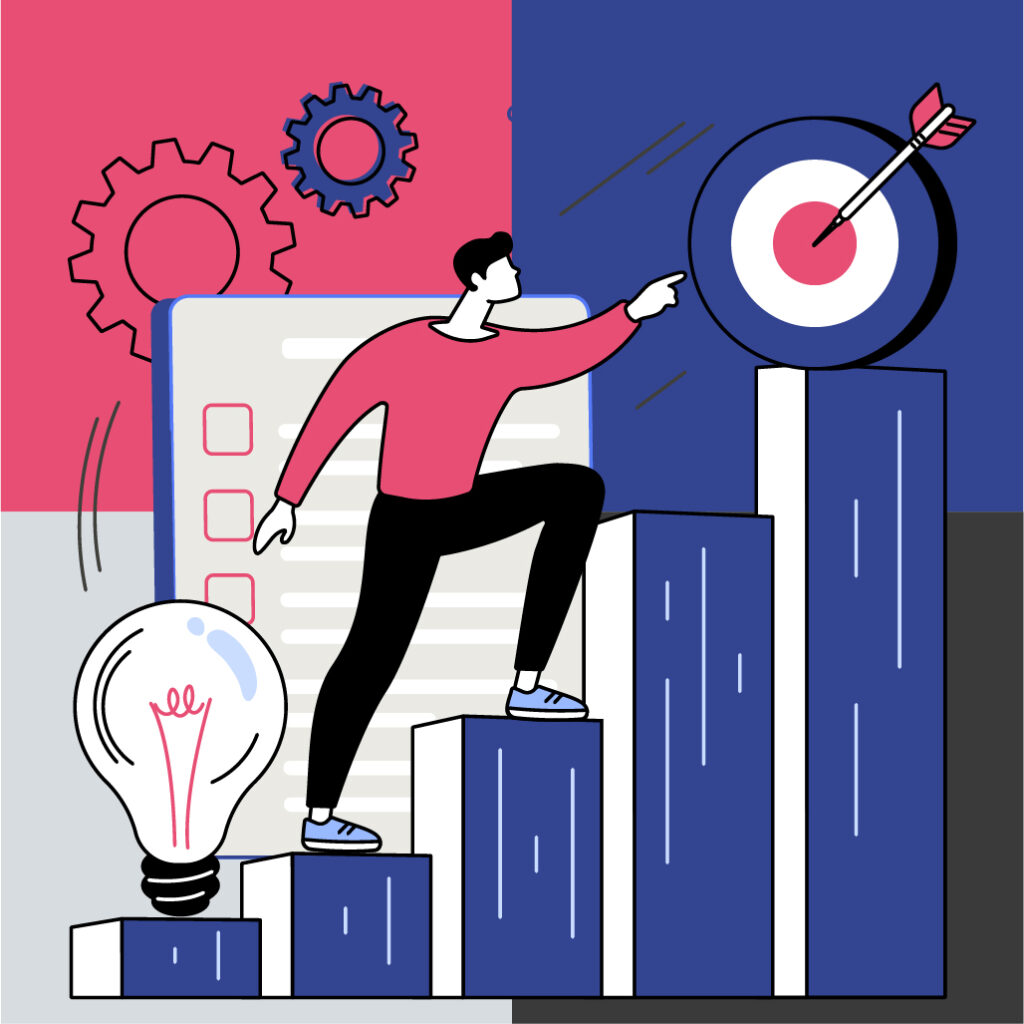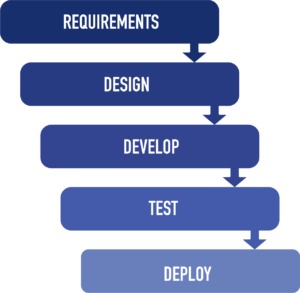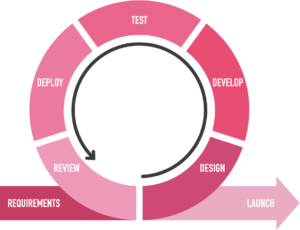What Is Agile?
Agile software development refers to a group of software development methodologies based on iterative development. Agile methods generally promote a disciplined project management process that encourages adaptation, teamwork, self-organization and accountability, rapid delivery of high-quality software, and a business approach that aligns with customer needs and company goals.
Agile is often being compared to traditional work methods, like Waterfall. Even this is difficult because Waterfall is really a method where Agile is a mindset. Still, some research has been done within companies that made the transition from a traditional project management method into becoming an Agile-minded company.
We often speak about success and failures in projects. Most of the projects fail on the elements of time and money. In agile, you see far fewer failed projects and more success stories. On product Quality, Stakeholder value, ROI and Time/schedule, Agile projects are much more effective compared with the traditional project management methods.

Waterfall
Waterfall methodology is a linear project management approach, where stakeholder and customer requirements are gathered at the beginning of the project, and then a sequential project plan is created to accommodate those requirements. Projects are time-consuming and the result, the value for the customer, will be delivered at the end of the project.

Agile
Agile is an iterative approach to project management and software development that helps teams deliver faster customer value. Instead of betting everything on a “big bang” launch, an agile team delivers work in small, but consumable, increments. Requirements, plans, and results are evaluated continuously so teams have a natural mechanism for responding to change quickly. You can compare this way of organizing with a heartbeat.

Advantages of Agile
STAKEHOLDER ENGAGEMENT AND SATISFACTION
- The Agile process actively involves the client throughout the entire project, including the iteration planning, review sessions, and new feature builds in the product.
- The Agile process creates many opportunities for genuine engagement between the team and the stakeholders throughout each sprint meeting.
- Because the sprints are on a fixed schedule, the costs are limited and predictable and based on the amount of work done.
IMPROVES QUALITY
- The projects are broken down into manageable units, making it easier for the team or focusing on high-quality development, testing, and collaboration. Defects and mismatches can be found and fixed early, improving overall quality.
- Most agile processes create a shared sense of ownership and goals for all team members.
FLEXIBLE PRIORITIZATION AND ALLOWS FOR CHANGE
- Scrum methodologies allow more flexibility by prioritizing customer-driven features.
- The team has more control in managing the shippable units of work with each sprint boundary.
- Agile processes create an opportunity to continually reprioritize and refine the product backlog, introduced within a few weeks.
FOCUSES ON BUSINESS VALUE AND FOCUSES ON USERS
- The team understands what is most important for the client’s business and can deliver features that give the most value to the business.
- The user’s stories are commonly used to define the product features related to business-focused acceptance criteria. By focusing on the user’s needs, each feature delivers real value.
